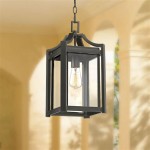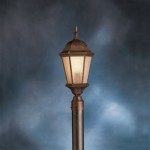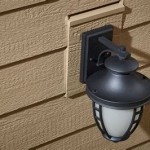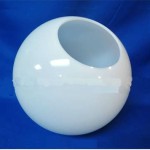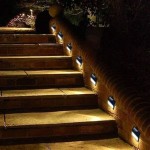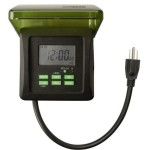How to Connect Outdoor Wires
In a demanding home or professional environment, the proper installation and management of outdoor wires are of paramount importance. This article provides a comprehensive guide on how to effectively connect outdoor wires, ensuring a safe and reliable electrical system.
To begin the process of connecting outdoor wires, it is imperative to gather essential tools and materials. These include wire strippers, electrical tape, a voltage tester, and the appropriate wire connectors. Furthermore, it is crucial to don appropriate safety gear, including gloves, safety glasses, and if necessary, a hard hat.
Before initiating the connection process, it is necessary to identify the type of wires that will be utilized. The most common types of outdoor wires are known as UF (Underground Feeder) and THHN (Thermoplastic High-Heat Nylon). Both UF and THHN wires are suitable for outdoor use, but UF wire is designed for direct burial underground, while THHN wire requires conduit protection when installed outdoors.
Once the appropriate wires have been selected and acquired, the next step is to strip the insulation from the ends of each wire, exposing approximately half an inch of bare copper. It is crucial to use caution while stripping the insulation, as nicking or cutting the copper can weaken the wire and compromise its integrity.
With the wires stripped, it is time to connect them using the appropriate connectors. For outdoor connections, it is recommended to use watertight wire connectors, such as crimp connectors or heat-shrink connectors. These connectors provide a secure and weather-resistant seal, ensuring a long-lasting and reliable connection.
To ensure the proper connection of the wires, follow these steps:
- Twist the exposed copper wires of the two wires together, ensuring a secure and snug connection.
- Slide the appropriate wire connector over the twisted wires, ensuring that the connector fully encapsulates the exposed copper.
- For crimp connectors, use a crimping tool to compress the connector around the wires, creating a secure and permanent connection.
- For heat-shrink connectors, use a heat gun to shrink the connector around the wires, creating a weatherproof seal.
Once all the wires have been connected, it is essential to test the connections using a voltage tester to verify that the circuit is complete and functioning correctly. Additionally, check for any exposed wires or loose connections that could pose a safety hazard.
In conclusion, connecting outdoor wires requires proper planning, the use of appropriate materials and tools, and meticulous attention to detail. By following the steps outlined in this guide and adhering to safety guidelines, you can ensure the successful and safe installation of your outdoor electrical system.

How To Cable Outdoor Speakers Wiring Guide K B Audio

How To Install Outdoor Electric Wiring With Pictures Wikihow
How Do You Install Philips Hue Outdoor Lighting On High Voltage Coolblue Anything For A Smile

Indoor Vs Outdoor Wire Wesbell Electronics
Wiring An Outside Light Diynot Forums

10 Tips For Installing Outdoor Speakers

Wiring And Installing Exterior Lighting

How To Install Outdoor Speakers An Easy Step By Guide

How To Install An Outdoor The Home Depot

How To Wire An Air Conditioner Condenser Outside Unit High Low Voltage Ac Wiring
